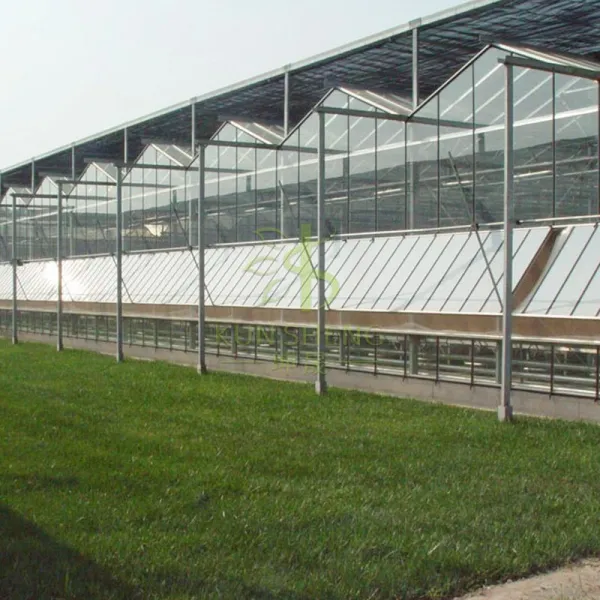Nov. 11, 2023
Agriculture
A greenhouse is a structure designed to create a controlled environment for the cultivation of plants. Typically made of transparent materials such as glass or plastic, greenhouses allow sunlight to enter while trapping heat inside, creating a warm and protected environment. These structures are widely used in agriculture and horticulture to extend the growing season, enhance plant growth, and optimize conditions for various crops. The benefits of greenhouses are diverse and contribute significantly to modern farming practices.
Extended Growing Season: Agriculture Greenhouses enable farmers to extend the growing season beyond the natural limits imposed by climate and weather conditions. By creating a controlled environment, plants can be cultivated earlier in the spring or later into the fall, leading to increased productivity and more frequent harvests.
Climate Control: The ability to regulate temperature, humidity, and ventilation within a greenhouse provides a stable and optimized climate for plant growth. This control is particularly valuable in regions with extreme weather conditions, allowing farmers to create an ideal environment for a wide range of crops.
Protection from Adverse Weather: Greenhouses act as a shield against adverse weather conditions such as hail, frost, heavy rain, and strong winds. This protection helps prevent damage to crops, ensuring a more reliable and consistent yield. It also reduces the risk of diseases and pests that may thrive in open-field conditions.
Optimized Water Usage: Greenhouses facilitate efficient water usage through controlled irrigation systems. The enclosed environment minimizes water loss through evaporation, and precise watering schedules can be implemented to meet the specific needs of different crops. This results in water conservation and more sustainable agricultural practices.

Crop Diversification: The controlled environment of a greenhouse allows for the cultivation of a wide variety of crops, including those that might not thrive in the local climate. This diversification enhances the marketability of produce and provides farmers with the flexibility to respond to changing consumer demands.
Improved Crop Quality: Greenhouses contribute to the production of high-quality crops. The controlled conditions promote uniform growth, reduce the risk of diseases, and minimize exposure to pollutants. This results in crops that are not only visually appealing but also often have better taste and nutritional content.
Year-Round Production: With the ability to control light, temperature, and other factors, some greenhouses support year-round production. This is particularly valuable for regions with harsh winters or limited sunlight during certain seasons. Year-round production contributes to a more stable and continuous food supply.
Research and Experimentation: Greenhouses serve as valuable spaces for agricultural research and experimentation. Scientists and farmers can test new varieties of crops, study plant responses to different environmental conditions, and develop innovative growing techniques. This ongoing research contributes to advancements in agriculture and sustainable farming practices.
In summary, Growing greenhouses offer a controlled and protective environment for plant cultivation, providing numerous benefits such as extended growing seasons, climate control, protection from adverse weather, optimized water usage, crop diversification, improved crop quality, year-round production, and opportunities for research and experimentation. As agriculture continues to face challenges, greenhouses play a crucial role in enhancing efficiency, sustainability, and resilience in food production.
Previous: 10 Greenhouse Frequently Asked Questions
Next: Companion Planting with Vegetable Seeds: Tips for a Pest-Free Garden
If you are interested in sending in a Guest Blogger Submission,welcome to write for us!
All Comments ( 0 )